Of all the new products I've reviewed across 15 years of writing for AppleInsider, Apple Watch has certainly has made the most impact to me personally. A couple weeks ago it literally saved my life.
I'm not the first person to be saved by paramedics alerted by an emergency call initiated by Crash Detection. There have also been complaints of emergency workers inconvenienced by false alert calls related to events including roller coasters, where the user didn't cancel the emergency call in time.
But I literally have some skin in the game with this new feature because Crash Detection called in an emergency response for me as I was unconscious and bleeding on the sidewalk, alone and late at night. According to calls it made, I was picked up and on my way to an emergency room within half an hour.
Because my accident occurred in a potentially dangerous and somewhat secluded area, I would likely have bled to death if the call hadn't been automatically placed.
Not just for car crashes
Apple created the feature to watch for evidence of a "severe car crash," using data from its devices' gyroscopes and accelerometers, along with other sensors and analysis that determines that a crash has occured and that a vehicle operator might be disabled or unable to call for help themselves.
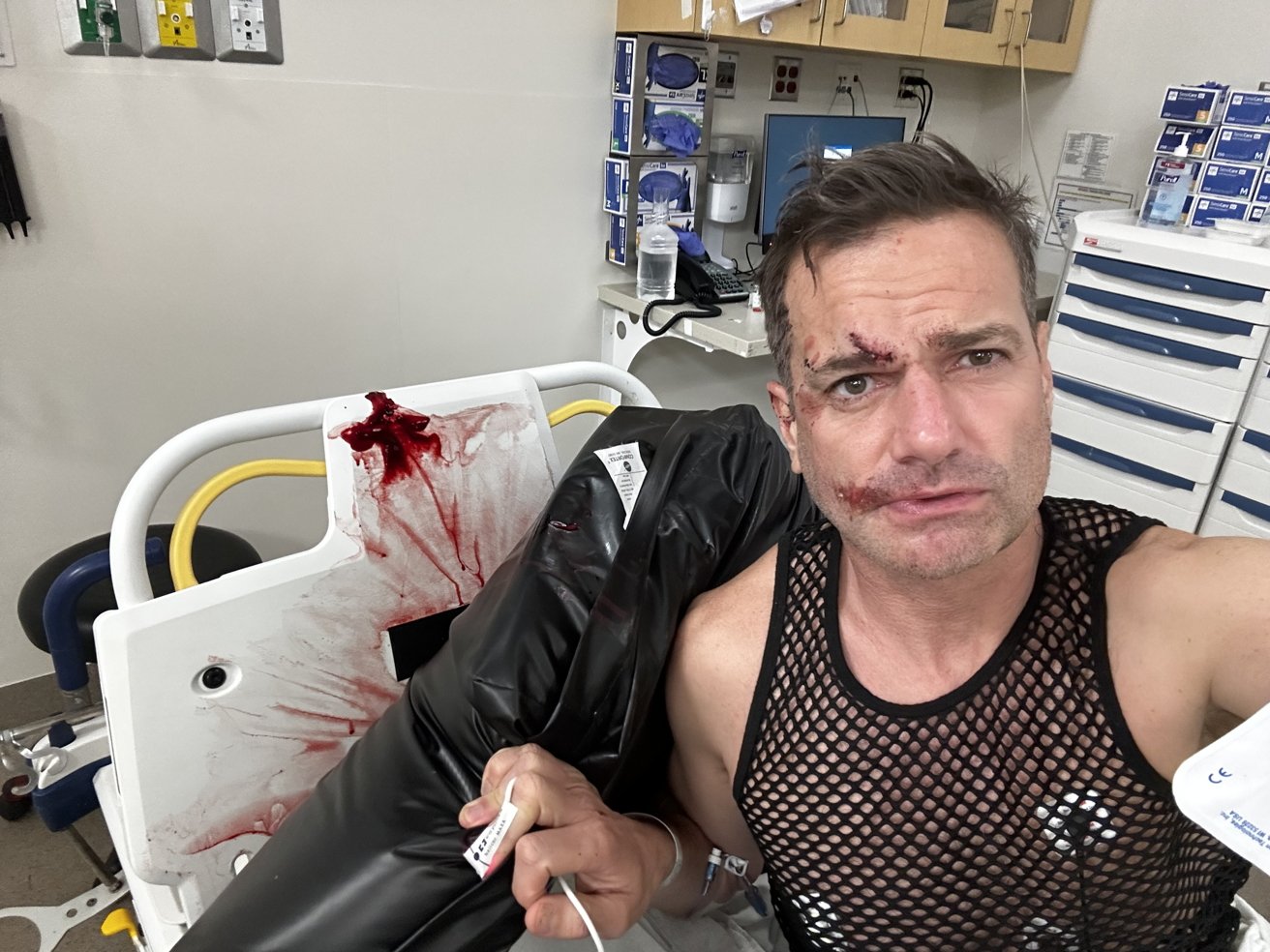 More than five hours later I was shocked how much blood was on the back of my ER mattress— and later, how much I saw on the sidewalk!
More than five hours later I was shocked how much blood was on the back of my ER mattress— and later, how much I saw on the sidewalk!In my case, there was no car involved. Instead, I had checked out a rental scooter intending to make a quick trip back to where I'd parked my car.
But after just a couple blocks, my trip was sidelined by a crash. I was knocked unconscious on the side of a bridge crossing over a freeway.
A deep gash above my eye was bleeding heavily. I began losing a lot of blood.
I didn't regain consciousness for another five hours, leaving me at the mercy of my technology and the health workers Crash Detection was able to contact on my behalf.
Crash Detection working as intended
Even though I wasn't driving a conventional vehicle, Crash Detection determined that I had been involved in a serious accident and that I wasn't responding. Within 20 seconds, it called emergency services with my location. Within thirty minutes I was loaded in an ambulance and on the way to the emergency room.
When I came to, I had to ask what was happening. That's the first I found out that I was getting my eyebrow stitched up and had various scrapes across the half of my face that I had apparently used to a break my fall. I couldn't remember anything.
Even later after reviewing the circumstances, I had no relocation of an accident occurring. When visiting the scene of the crash, I could only see the aftermath. Blood was everywhere, but there was not enough there to piece together what exactly had happened.
The experience was a scary reminder of how quickly things can happen and how helpless we are in certain circumstances. Having wearable technology watching over us and providing an extra layer of protection and emergency response is certainly one of the best features we can have in a dangerous world.
Almost always, I find myself in the position of making difficult decisions and figuring out how to get out of predicaments. But in the rare occasions where I've been knocked out which has only happened a few times in my entire life, there's a more difficult realization that I'd be completely powerless in the face of whatever problems might occur.
With the amount of blood that I was losing, I couldn't have laid there very long before I would have died. Loss of consciousness and blood is a bad combination for threatening brain damage, too.
I am grateful that I'm living in the current future where we have trusted mobile devices that volunteer to jump in to save us if we are knocked out.
Who would opt-in to Crash Detection
Last year, Apple's introduction of Crash Detection on iPhone 14 models, Apple Watch Series 8, and Apple Watch Ultra, was derided by some who worried that the volume of false alerts would be a bigger problem than the few extra lives that might be saved by such a tool.
There were false alerts noted at ski lifts, roller coasters, and by other emergency responders who noted an uptick in calls detailing an incident where the person involved didn't respond to explain it wasn't actually an emergency.
Several observers insisted at the time that the Crash Detection system should be "opt-in," similar to the Fall Detection feature Apple had introduced on Apple Watch to report less dramatic accidents suffered by people over 55.
However, it's impossible to have the system only ever working when it is essential. In my situation, I wouldn't have thought to turn on a system to watch me ride a scooter a few blocks. I probably would have assumed that a scooter ride was less risky than driving, despite having no seatbelt, no airbag and no other protective gear.
So I'm also particularly glad Apple doesn't restrict Crash Detection only to car accidents!
The fact that my watch and phone had been monitoring me for over a year without incident before a situation occurred where they literally could spring into action to save me is based entirely upon the idea that they are working in the background, not something I'd need to assume I needed. That's the right assumption to make. It literally saved me.
Crash Detection is a primary example of a new, innovative iOS feature update that adds tremendous value to the products I already use, without any real thinking on my part. It just works. And more importantly, it saved my life when it did.
Exercise your Emergency Contacts
Despite having an iPhone that's set up with a European phone number and home address, Crash Detection "just worked" here in the United States. It dialed the right number for the location where I crashed, and getting me help efficiently and quickly. That's great.
However, I realized after I woke up that I had two emergency contacts that should also have been notified. My phone did its job correctly, but in both cases I'd listed both my partner and a family member with old phone numbers they don't still use. That meant that Crash Detection had called the police for me, but wasn't able to notify my designated emergency contacts.
If you haven't taken a recent look at your emergency contact data, now might be a good time to check to make sure that everything is in order. Note that when you update a phone number, it doesn't necessarily "correct" your defined emergency contacts.
You may need to delete and reestablish your desired emergency contact and their phone number, as the system only calls the specific contact number you've supplied. It doesn't run through your contact trying each number you've ever entered for that person.
In my case, there was another Apple service that jumped in to help. Because I was sharing my location with iCloud, it was easy for my partner in another time zone, far away, to find out where I had been taken by using the Find My app, and then to call the hospital to find out my condition.
But if Crash Detection hadn't been working, I may not have survived— or things could have ended up much worse: badly injured or even mugged while laying unconscious in a sketchy area in the middle of the night.
I'm not the only AppleInsider staffer whose life was saved by the Apple Watch, and I probably won't be the last. So thanks, Apple!
 Daniel Eran Dilger
Daniel Eran Dilger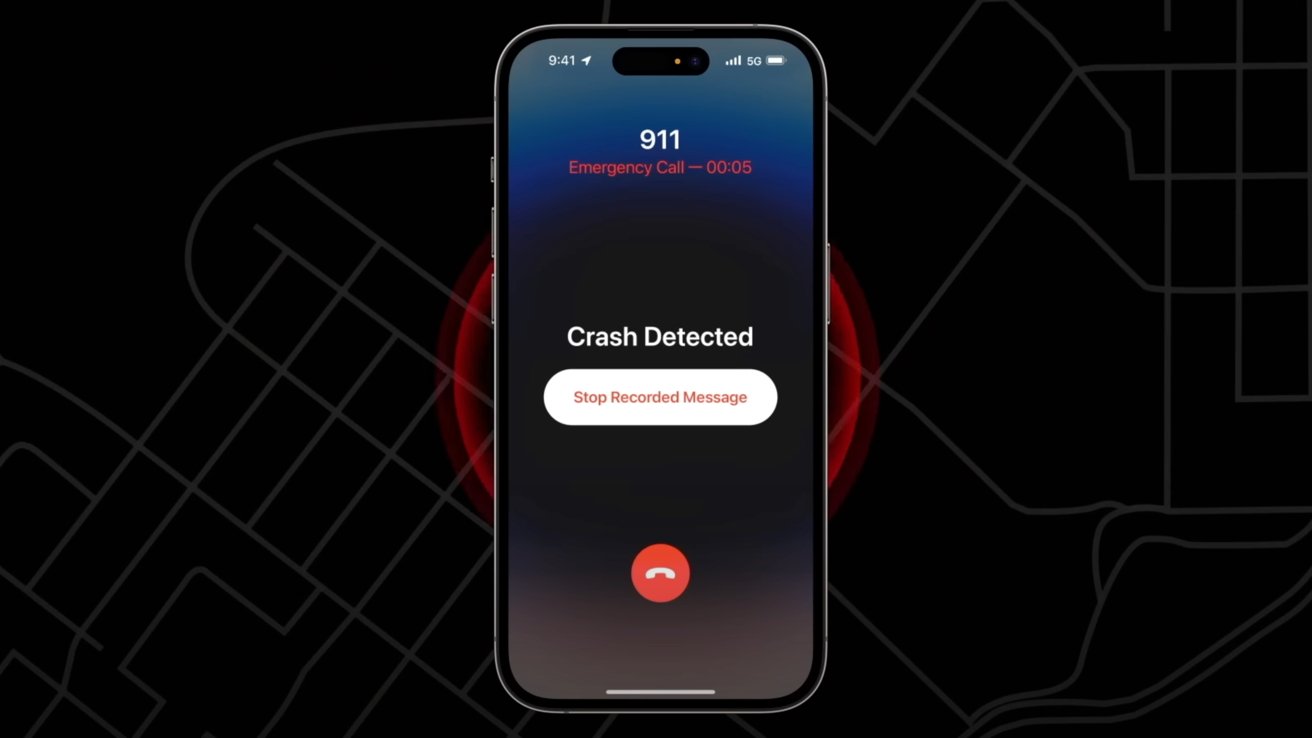
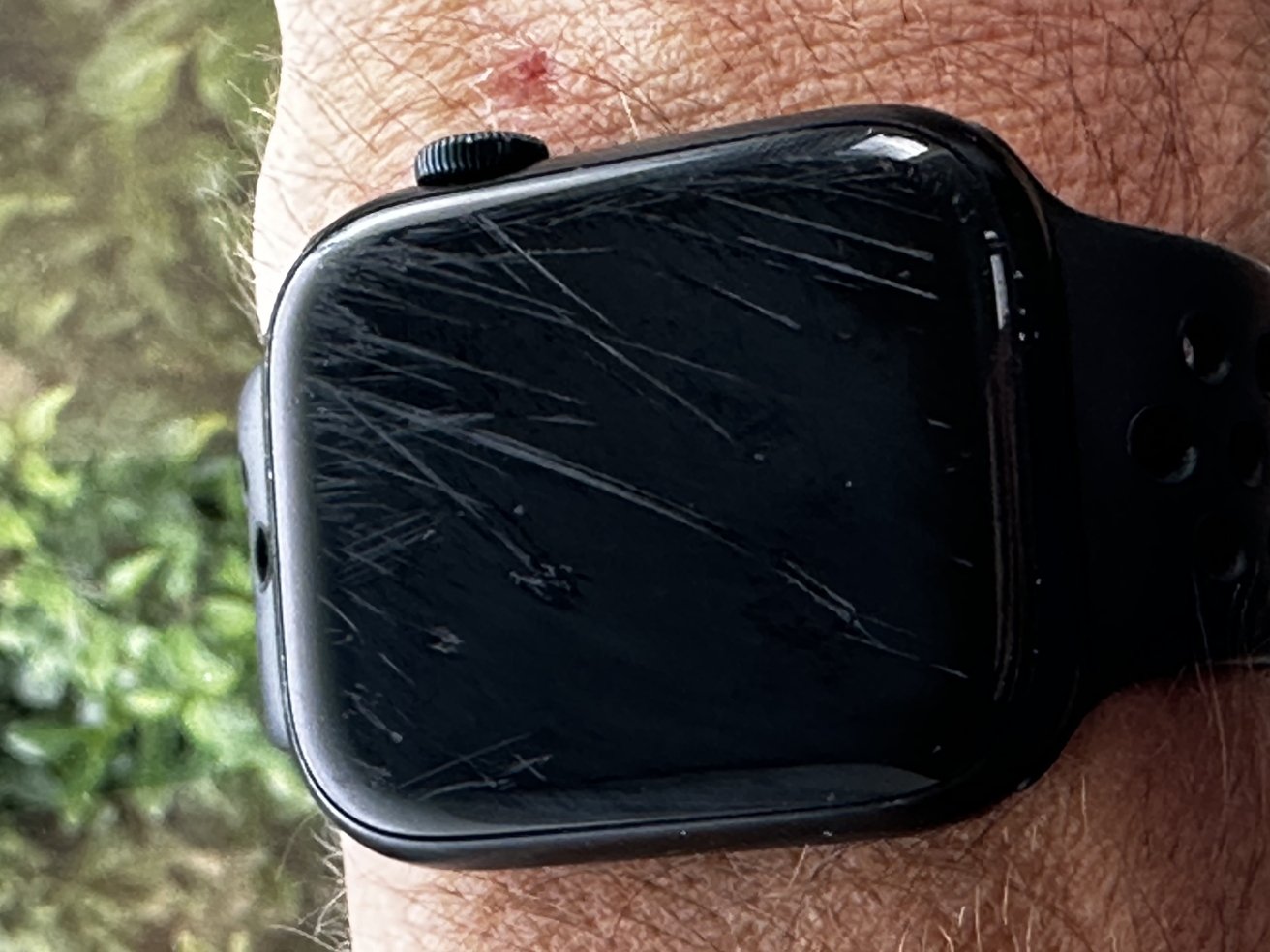







-m.jpg)






 William Gallagher
William Gallagher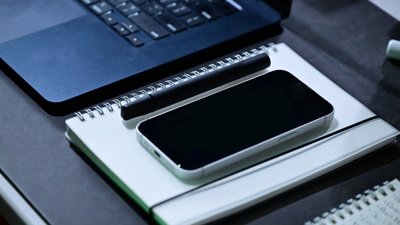

 Chip Loder
Chip Loder
 Marko Zivkovic
Marko Zivkovic
 Malcolm Owen
Malcolm Owen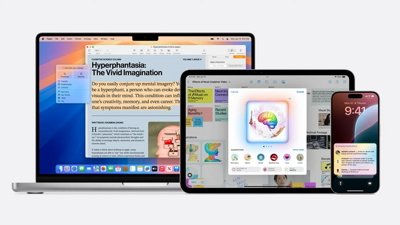


 Christine McKee
Christine McKee


-m.jpg)




38 Comments
I’m glad that your okay and made it though!
This built in emergency system is why I upgraded my watch and iPhone "just in case" when it became available.
Very pleased this chap was saved by a technology that is so new but extremely wonderful when needed,
I’m sorry glad you’re okay Daniel and hop you make a speedy recovery. I’ve enjoyed many of your stories over the years!
I seem to recall that DED got into a motorcycle crash years ago before writing for AI.
Daniel, I hope you fully recover quickly. I am assuming that this wasn't in Berlin. The outlets look like it was in the US.